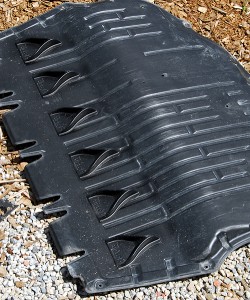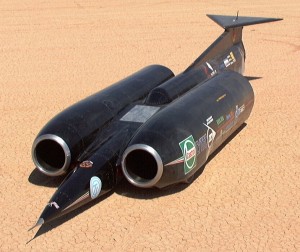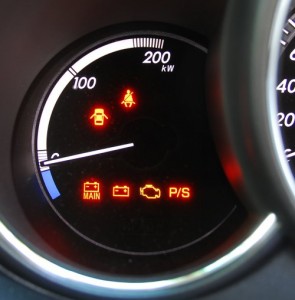Seeing Buzz Aldrin
The other day I went and saw Buzz Aldrin.
Yes, that’s right, the second person to walk on the Moon, the pilot of the Lunar Module, and a man who today is 85 years old.
I don’t think in my life I have ever gone to ‘an evening with’ type of show, let alone one hosted by Ray Martin (a local Australian TV celebrity).
I had no idea what to expect, but my wife, 11-year-old son and I all went down to the Melbourne Town Hall. There were two chairs on the stage, and a large backdrop onto which stills and video could be shown.
The show started at 8pm and finished – I reckon – at about 10.45…. so it was no 10 or 15-minute chat.
Ray asked questions – largely banal, and at times ill-researched – and Buzz occasionally answered them. Usually, though, he treated Martin with veiled, slightly amused contempt – and talked about whatever he felt like.
The first half of the show – all about the Moon landing – was just riveting. I have a technical and biographical library on space travel (perhaps 50 books) and so many of the names and events that Buzz mentioned I knew something about.
But this was from the man himself!
Whenever I started to half relax, Aldrin would come out with something that entranced me.
Earth from the Moon looks about twice as big as the Moon looks from Earth.
On the day of the launch, Aldrin paused near the top of the mighty Saturn rocket. He looked down at the tens of thousands of spectators, and thought: I need to remember this; I am going to the Moon.
I liked the man’s humour – very, very dry – and his absolute lack of the need to say something that big-noted himself.
After the break, he returned to talk about how he’d like to see people travel to Mars. A man who did his Doctor of Science in lunar rendezvous, he had plenty to say about rendezvousing on the way to that planet. Martin was completely out of his depth – he didn’t even understand stuff that was explained to him quite simply – but kind of tried to hold on. Buzz got excited – he’d obviously rather talk about the future than the past – but I am more interested in what he did, than what he thinks we can do.
The evening drew to a close, but not before some questions from the crowd. Buzz again tended to ignore the questions and just say whatever he liked, but the questions were sufficiently open that he could do that and get away with it. He leapt to his feet and prowled the stage, gesticulating and motivating.
An old, feisty, out-spoken man, brilliantly intelligent, funny, warm and… and… one of the most extraordinary explorers we have ever had.
He was just wonderful.

 Julian Edgar, 50, has been writing about car modification and automotive technology for nearly 25 years. He has owned cars with two, three, four, five, six and eight cylinders; single turbo, twin turbo, supercharged, diesel and hybrid electric drivelines. He lists his transport interests as turbocharging, aerodynamics, suspension design and human-powered vehicles.
Julian Edgar, 50, has been writing about car modification and automotive technology for nearly 25 years. He has owned cars with two, three, four, five, six and eight cylinders; single turbo, twin turbo, supercharged, diesel and hybrid electric drivelines. He lists his transport interests as turbocharging, aerodynamics, suspension design and human-powered vehicles.




